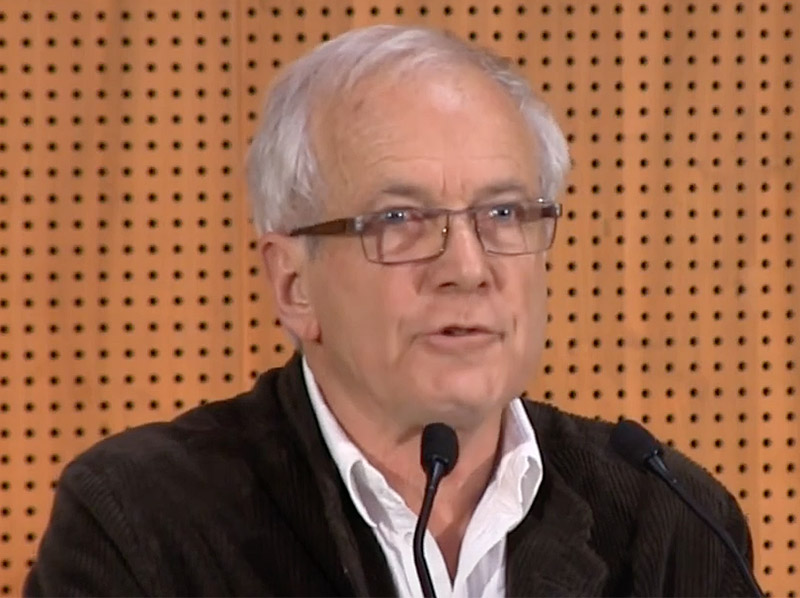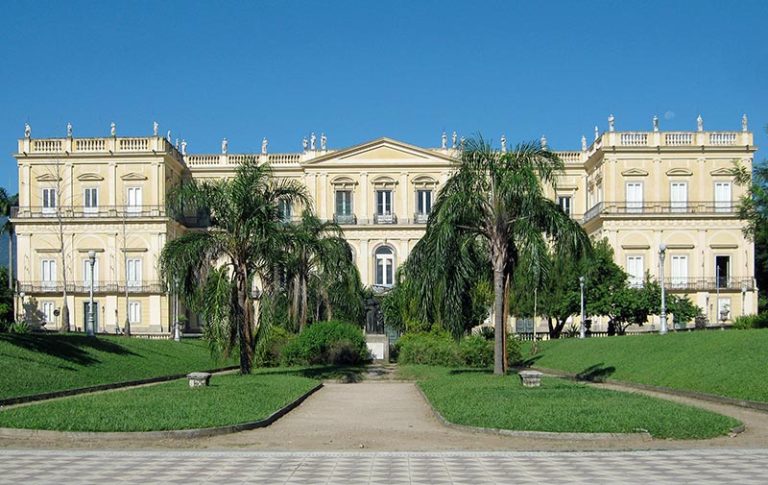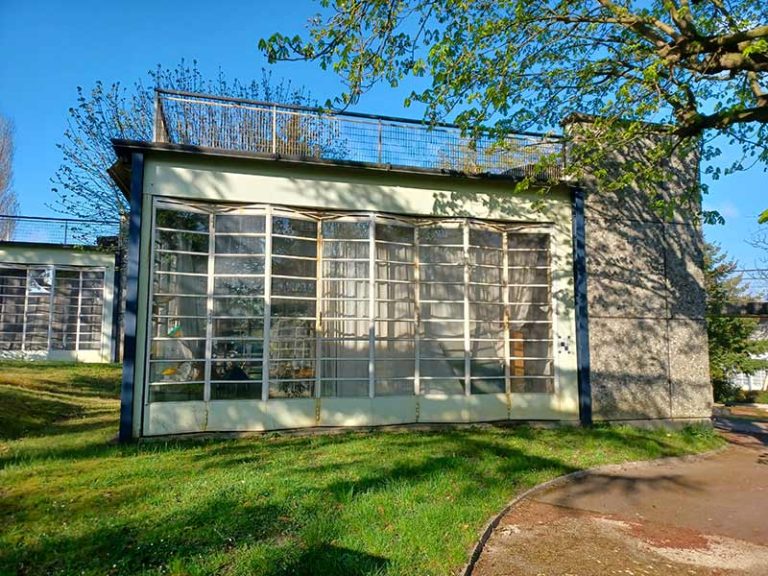Germain Viatte died on Saturday May 4, at the age of 84. The general curator of heritage had contributed to the creation of the Center Pompidou and the Musée du quai Branly. An influential personality in the French museum world, he had directed the museums of Marseille, the National Museum of Modern Art and the National Museum of the Arts of Africa and Oceania.
Germain Viatte was born in Quebec in 1939. His father, Auguste Viatte, was a university professor and man of letters. He studied at the Sorbonne where he pursued a degree in literature, before joining the École du Louvre. Specializing in contemporary art, he became inspector of provincial museums in 1963 then principal inspector of fine arts from 1966 to 1969. The following year, he contributed to the creation of the National Center for Contemporary Art (CNAC), which installed at the Salomon de Rothschild hotel in Paris (and which will join the Center Pompidou in 1977).
From 1973, he actively participated in the genesis of the Center Pompidou. “I love the Pompidou “monster”, despite the antibodies it arouses, and, to be honest, I don’t find it monstrous at all! When we belong to an organization, we must support it, defend it”he confided to Arts Journal in 2004. He successively held the position of director of contemporary documentation (1973-1974) then curator of the National Museum of Modern Art (1975-1984) under the direction of Pontus Hultén. In particular, he curated the flagship exhibition “Paris-Paris” (1981).
In 1985, Germain Viatte left the capital for Marseille, charged by mayor Gaston Deferre with creating the city's museums department. He then worked to create the Museum of African, American and Oceanian arts at Vieille Charité. He then participated in the development of society museums as head of the General Inspectorate of classified and controlled museums (1989-1991).
Germain Viatte returned to the Center Pompidou in 1991, this time as director of the National Museum of Modern Art and the Center for Industrial Creation (1992-1997). Faithful to his reputation as a museum builder, he has supported the construction of the Musée du quai Branly since 1997, as director of the museological project. Between 2000 and 2003, he directed the Museum of African and Oceanic Arts (MAAO) at the Palais de la Porte Dorée, which housed the collections before they joined the new museum. He devoted a reference work to the history of the MAAO, The Colonial Palacepublished in 2002 (RMN editions).
More recently, he was awarded the 2021 Pierre Daix Prize for his essay The other side of the coin (Editions de l'Atelier Contemporain), in which he examines the weight of opinion and public authorities in the lives of artists Piet Mondrian and Jean Dubuffet.







